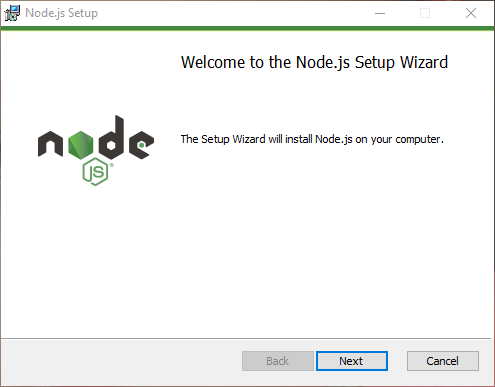
Optional: There are development tools such as gcc-c++ and make that you need to have on your system, in order to build native addons from npm. We will show you two different ways of installing Node.js and npm.

$ apt-get install -y nodejs Installing NodeJS 12.x in Debian, Ubuntu and Linux Mint Using Ubuntu This tutorial walks you through the steps to install Node.js and npm on a CentOS 7 machine. $ apt-get install -y nodejs Installing NodeJS 14.x in Debian, Ubuntu and Linux Mint Using Ubuntu

The latest version of Node.js and NPM is also available from the official NodeSource Enterprise Linux repository, which is maintained by the Nodejs website and you will need to add it to your system to be able to install the latest Nodejs and NPM packages. # yum groupinstall 'Development Tools' Installing NodeJs in Debian, Ubuntu and Linux Mint Installing NodeJS 16.x in Debian, Ubuntu and Linux Mint Optional: There are development tools such as gcc-c++ and make that you need to have on your system, in order to build native addons from npm. Instructions for installing Node. If you want to install NodeJS 12.x, add the following repository. # curl -fsSL | sudo bash - Installing NodeJS 12.x on RHEL, CentOS and Fedora Installing NodeJS 14.x in RHEL, CentOS and Fedora As root The package name is nodejs followed by the major version number (for instance, nodejs12, nodejs14 etc) To install Node.js 14.x from the command line, run the following as a user with ALLOBJ special authority: yum install nodejs14 Node.js can also be installed with the IBM i Access Client Solutions product.


 0 kommentar(er)
0 kommentar(er)
